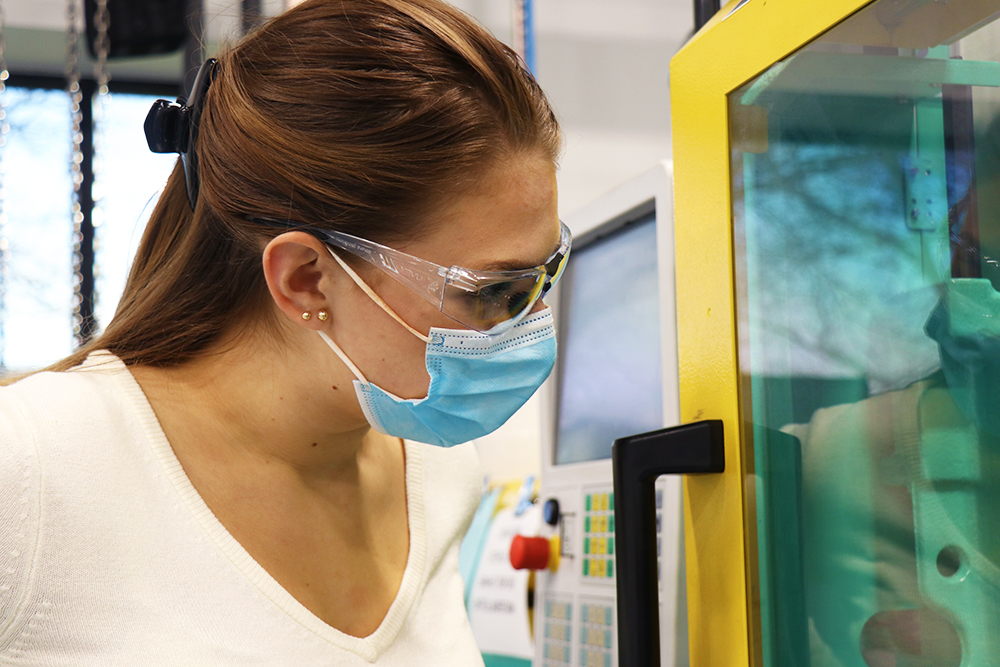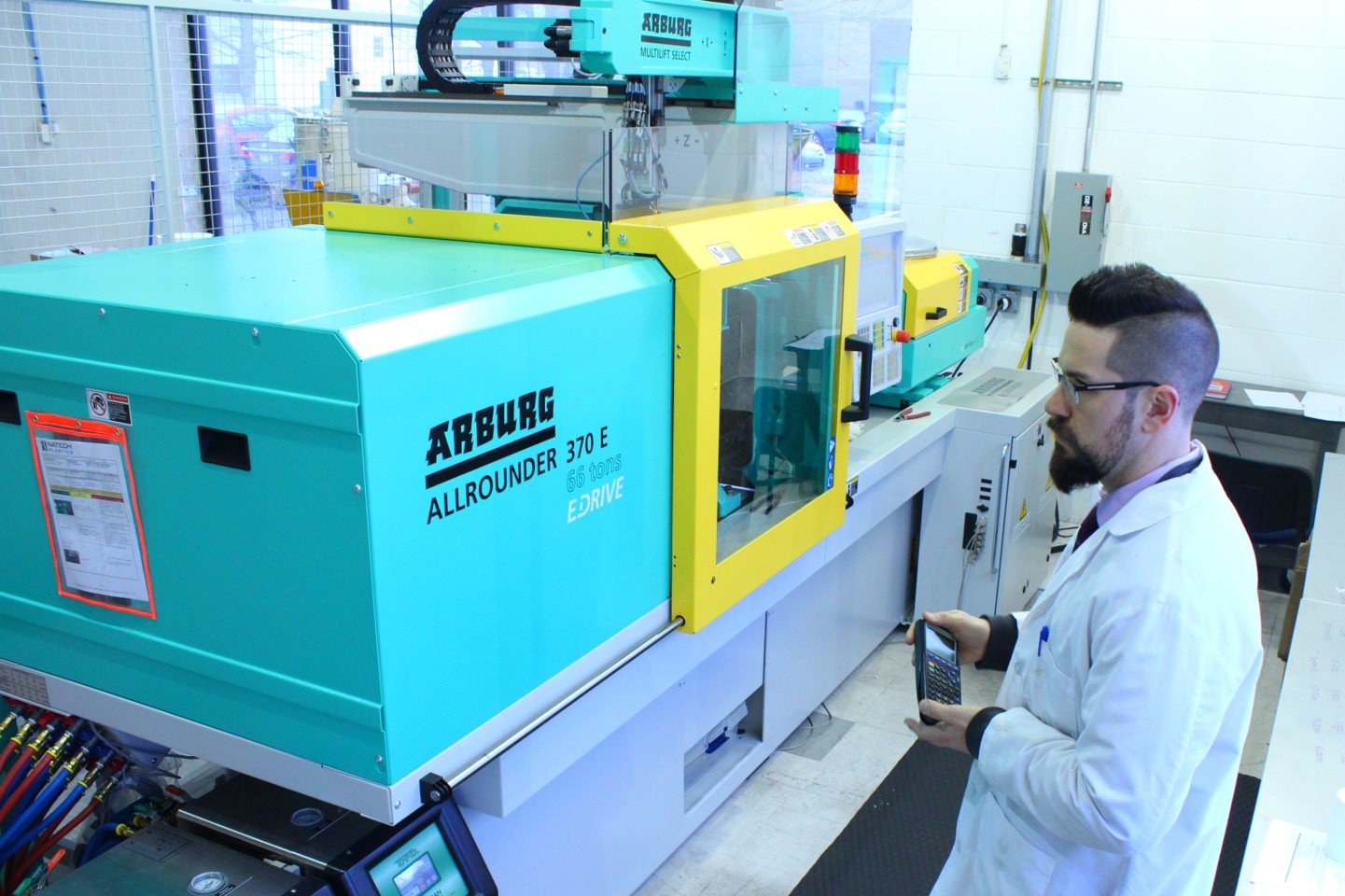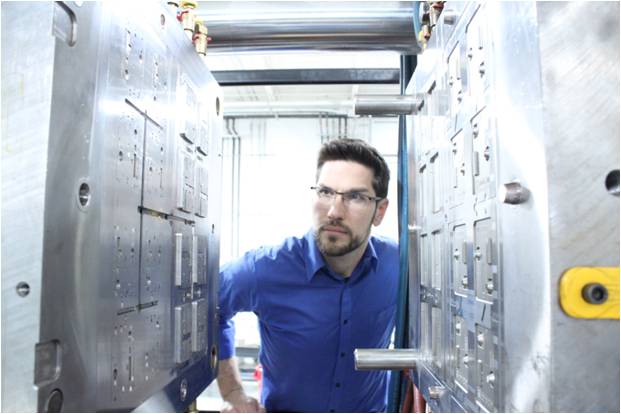How a Data-Driven Process Improves Efficiency in Plastic Injection Molding
What is Scientific Molding?
Scientific Molding is a systematic and controlled approach to injection molding that determines and justifies settings using logical, scientific methodology.
In conventional molding, the technician would keep trying and failing until a component met its specifications. Machine inputs are defined based on feel and intuition. This method also involves filling the mold with a single shot under constant pressure to fully pack the cavity. This approach bears risks and over the long term can increase costs. Establishing a single process that works once won’t always work in the long run.

Scientific molding removes the need for molders to guess and rework. Scientific molding involves using advanced sensors and high-tech software to determine melt and cooling temperatures, fill rates, pack and hold pressures, and other material-specific factors.
Using scientific molding, the mold cavity is filled about 90-97% of the way. After that, the machine switches from speed control to pressure control and the cavity is then fully packed. The scientific molding process ensures a higher control over part specifications.
What are the Benefits?
Without implementing scientific molding, there is a high risk of product variations caused by big temperature fluctuations, likelihood of increased cycle times, and lower quality parts at a higher cost.

Scientific molding guarantees faster cycle times, higher part volume, and a more efficient injection molding process. The top three benefits of scientific molding are:
Benefit #1: Data-Driven Method
Scientific molding establishes manufacturing processes that are set up and overseen with a data-driven approach, which means customers will have increased production volumes and orders finished much faster. Because of the efficient processes made by scientific molding methods, these translate directly to the customer, lowering final product costs.
Benefit #2: Optimized Part Design and Tool
The last thing you want is to begin the molding process, only to realize that the design does not work in production. Scientific molding helps manufacturers understand how to design a part, build the tool, and start the molding process without any production issues. By optimizing part design for unique applications, design engineers can consider the best design options to ensure smooth production. By optimizing tool design, injection molds will be able to reliably produce conforming, quality parts.
Benefit #3: Production and Quality Control
Using a scientific approach, scientific molding focuses on collecting data to establish starting points and a strong process that validates a part’s end-use and satisfies customers.
Scientific injection molding ensures that parts can be reproduced reliably, processes are validated, and your parts are in line with your requirements.
To speak to a Natech engineer about your program, schedule a time to meet, call us at (631) 580-3506, or email us at info@natechplastics.com.



